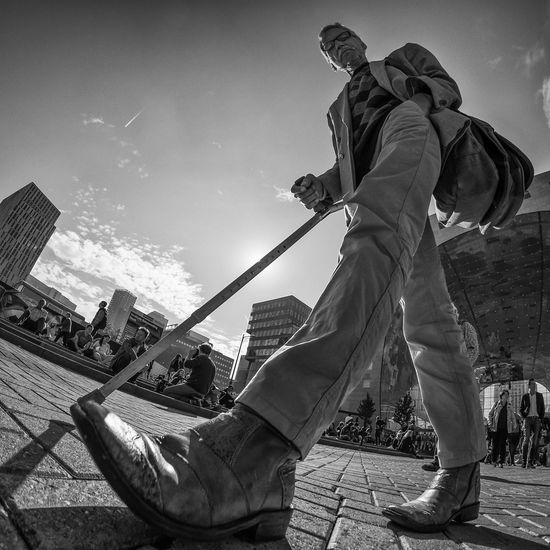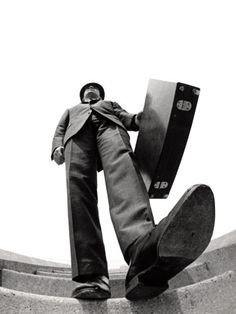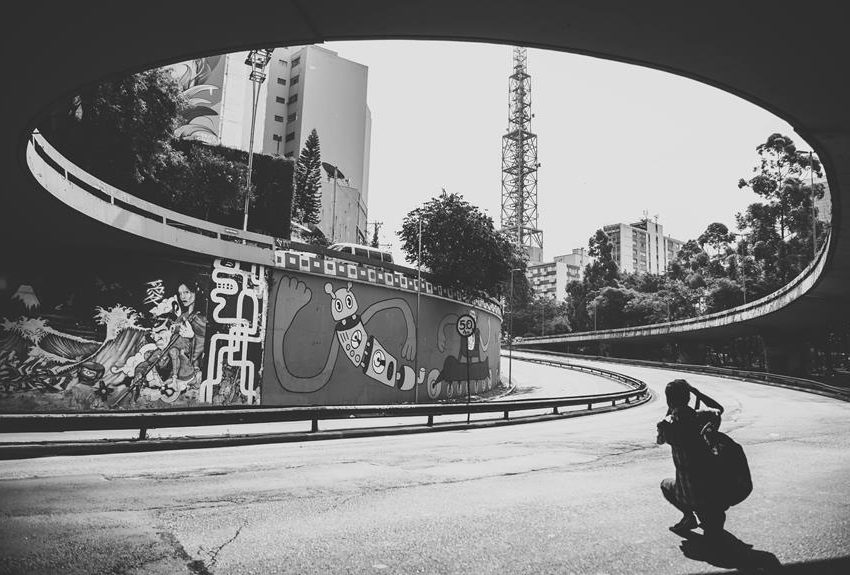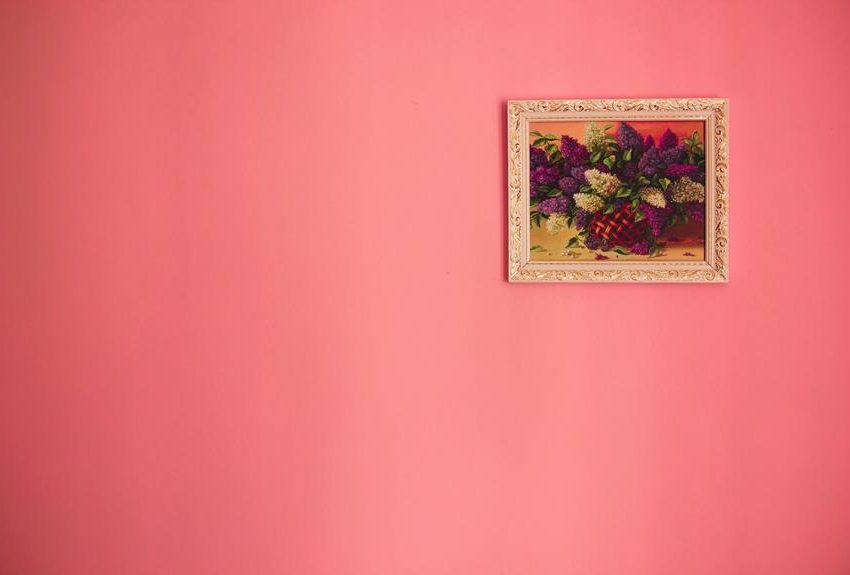Mastering Foreshortening in Art
Gain Perspective on Dynamic Illusions
In the captivating realm of visual art, where the brush meets the canvas in an intricate dance of creativity, one technique stands out as a masterful play on perception: foreshortening.
This term resonates with depth and dynamism, for foreshortening in art isn’t just about manipulating figures to fit a composition; it’s a nuanced skill that bends reality, inviting viewers into immersive worlds crafted from behind foreshortening angles.
Defined by its ability to distort proportions for dramatic effect, foreshortening breathes life into two-dimensional surfaces by bending space and challenging perspectives.
It dares artists to defy conventions and embrace the audacious thrill of bringing distant objects close, ramping up the intensity in compositions, injecting vitality through exaggerated shapes that leap off the page.
In this journey beyond traditional techniques lies an artistic alchemy where ordinary lines weave extraordinary tales—an invitation to reshape reality as we know it through bold strokes of creative daring.
Every stroke speaks volumes: with each deliberate curve and shadow cast anew, foreshortening whispers narratives rich with depth and complexity, infusing artworks with an authenticity born from mastering perspective’s subtle dance.
As artists venture down this chapter less traveled, they unlock a gateway to captivating compositions that pulse with energy—a mosaic of forms converging in exquisite harmony under the artist’s deft hand.
Embracing foreshortening isn’t merely a choice; it becomes an immersion into storytelling at its most vivid—an ode to the powerful allure of breathing life into stillness through dimensions unseen yet deeply felt.
Join us on this voyage beyond boundaries as we unravel the secrets of creating mesmerizing illusions that captivate hearts and minds alike—where art transcends mere depiction to become an enchanting symphony orchestrated by light, shadow, and boundless imagination.
Techniques for Achieving Foreshortened Effects
Understanding vanishing points is crucial in mastering the art of foreshortening, which often involves the projection of the forearm to appear shorter as an example of foreshortening.
By recognising where parallel lines converge towards a single point on the horizon line, artists can accurately depict objects receding into the distance, creating a sense of depth and realism in their compositions.
This foundational principle not only aids in drawing accurate proportions but also guides the placement of elements within the picture plane to achieve convincing foreshortened effects, serving as an example of foreshortening.
Incorporating overlapping shapes and objects is another powerful technique to enhance the illusion of depth in artwork.
By strategically placing one object partially in front of another, artists can create visually compelling compositions that draw viewers into the scene.
Through careful consideration of how forms intersect and interact spatially, artists can manipulate perception and convey a dynamic sense of space within their artworks, capturing attention and evoking a sense of intrigue in the viewer’s gaze.
Mastering these techniques opens up new possibilities for artists seeking to push beyond traditional boundaries and elevate their artistic practice through skilled use of foreshortening principles, akin to varying the pose and projection.
Tips for Mastering Foreshortening

Embarking on the journey to master foreshortening, a critical skill in the virtual art academy, can be both exhilarating and daunting for artists of all levels, requiring a deep understanding of how the eye perceives an object or figure when viewed at a distance.
One invaluable tip that seasoned artists often swear by is the practice of gesture drawings, which not only aids in capturing the dynamic posture and energy of a subject but also serves as a fundamental exercise in understanding foreshortening and the relative size of objects as they extend towards or away from the viewer.
These quick, loose sketches capture the essence and movement of a subject with dynamic energy, making them an ideal exercise for honing your foreshortening skills.
By focusing on capturing the basic forms and proportions in a matter of seconds, you not only improve your ability to observe angles and distortions but also train your eye to perceive depth in a more intuitive manner.
Moreover, utilising reference images as study materials can provide valuable insight into how foreshortening manifests in real life.
Whether it’s studying photographs of athletes in action or observing objects from unusual viewpoints, referencing actual scenes allows you to analyse the compression of shapes and perspectives firsthand.
By deconstructing these visual cues and translating them onto paper or canvas, you begin to develop a more profound understanding of how foreshortening affects our perception of space and form, especially when depicting parts of the body like the finger or elbow in various positions.
Remember, mastering foreshortening is about training your mind as much as your hand – so immerse yourself in diverse references to broaden your artistic repertoire significantly.


Focus on basic, overlapping shapes. To grasp foreshortening, simplify the object into fundamental shapes. Steve Huston calls this approach “box logic.” Viewing the object in this manner aids in understanding how shapes intersect and occupy space.
Sketch through the object, envisioning it in varying degrees as if it poses differently to comprehend its full form. Envision the object as transparent, allowing for a mental projection that enables a detailed understanding of its shorter aspects. Guide your pencil to traverse through it, tracing its contours over, under, and around, thereby varying the projection and place for a more dynamic illustration. This technique enhances comprehension of the object’s form, spatial orientation, and varying degrees of projection.
Highlight edges and contours. Identify the significant edges and contours. Not all edges are equally important. Concentrating on these crucial features can be impactful.
Maintain continuity. Foreshortening often involves numerous overlapping shapes, leading to fragmented edges and place that may deviate from the original intent. This can disrupt the overall continuity of the object, particularly if the forearm’s projection does not align with the intended place.
Common Mistakes to Avoid
When delving into the intricate world of foreshortening in art, it is crucial to steer clear of some common pitfalls that can hinder the success of your compositions, by referring to well-established principles and examples.
One such prevalent mistake is inaccuracies in proportions when attempting foreshortened perspectives, especially with limbs appearing shorter than intended.
Failing to accurately depict the varying sizes and shapes of objects as they recede into space can result in a disjointed and unrealistic portrayal.
To combat this, artists should pay meticulous attention to how objects diminish in size with distance, ensuring a harmonious visual flow that conveys depth convincingly.
Another misstep to be mindful of is neglecting the impact of light sources on forms within a foreshortened composition.
Light plays a pivotal role in shaping our perception of depth and dimensionality, casting shadows that define contours and highlight planes. Ignoring these fundamental principles can lead to flat, lackluster renderings devoid of dynamism and realism.
By strategically incorporating light and shadow effects into your artwork, you can elevate the illusion of three-dimensionality, adding depth and intrigue to your foreshortened scenes with mastery and finesse.
Applying Foreshortening in Different Art Forms: A Multidimensional Exploration
Foreshortening is a fundamental concept that transcends the boundaries of traditional 2D drawing and painting, extending its dynamic presence into the realm of three-dimensional sculpture and modeling.
In the world of two-dimensional art, foreshortening serves as a powerful tool to create depth and realism on a flat surface, showcasing examples of varying degrees of projection.
Artists meticulously manipulate perspective to convey the illusion of objects receding or protruding towards the viewer, mastering the art of visual trickery with finesse.
Stepping into the captivating realm of three-dimensional art forms unleashes new opportunities for foreshortening mastery.
Sculptors and modelers engage with physical space, pushing beyond mere perception to sculpt tangible illusions that challenge viewers’ perceptions in real-time, employing methods of foreshortening to create the illusion of depth in three-dimensional space.
The dynamic interplay between light and shadow takes on added dimensions as artists craft intricate play-offs between form and space, inviting audiences to navigate through immersive experiences where foreshortened perspectives come alive in vivid splendor.
Case Studies & Examples


a) Analyzing famous artworks that effectively use foreshortening to guide aspiring artists in the academy.
Examining the works of Renaissance masters such as Michelangelo’s The Creation of Adam or Caravaggio’s Supper at Emmaus reveals a mastery of foreshortening techniques.
The exaggerated proportions and depth in these paintings draw the viewer into dynamic scenes, creating a sense of movement and realism that transcends the canvas.
By studying how artists like Leonardo da Vinci used foreshortening to depict three-dimensional forms on a two-dimensional surface, aspiring artists can unlock new possibilities for imbuing their own creations with lifelike perspectives.
b) Step-by-step guide showing how to implement the technique, including a transcript for easier follow-up, specifically addresses the methods of foreshortening to update traditional perspectives with more dynamic visual narratives.
To emulate the striking effects of foreshortening in your own artwork, start by understanding basic principles of perspective and proportion.
Begin with simple objects or figures before tackling more complex compositions to hone your skills gradually, especially in understanding how the relative size of an object changes as it recedes into the distance.
Experiment with different angles and positions to create compelling visual narratives that captivate viewers’ imagination.
Remember that mastering foreshortening is not just about technical precision but also about injecting emotion and dynamism into your art – strive for balance between accuracy and expression in each stroke you make.
Conclusion
In conclusion, mastering the intricate technique of foreshortening in art encompasses a multifaceted understanding of how to render objects in painting or drawing. It involves the artist’s ability to produce an illusion of projection or extension in space, as seen by the eye, whether at a distance or at an unusual angle.
Through deliberate strokes, the artist records the distortion that is seen, compressing or elongating forms to represent them in a dimensional and understandable way.
In this journey, artists navigate through chapters of exploration, honing their skills to illustrate foreshortened objects in relation to their surroundings. By emphasising important edges and contours, artists indicate the near and far elements, creating a clear and concise portrayal that captures the viewer’s attention.
This mastery extends beyond traditional techniques taught in school-based settings, requiring artists to employ mathematical principles alongside artistic intuition.
Ultimately, the art of foreshortening offers a gateway to dynamic storytelling, where the artist’s vision transforms ordinary scenes into captivating narratives.
Through the application of foreshortening, artists create compositions that defy expectations, inviting viewers to take a closer look and explore the nuances of form and perspective, such as the dramatic shortening of a right arm when extended towards the viewer.
Thus, mastering foreshortening is not merely a technical pursuit but a journey of artistic expression, where each stroke brings us closer to unlocking the full potential of our creative vision.





